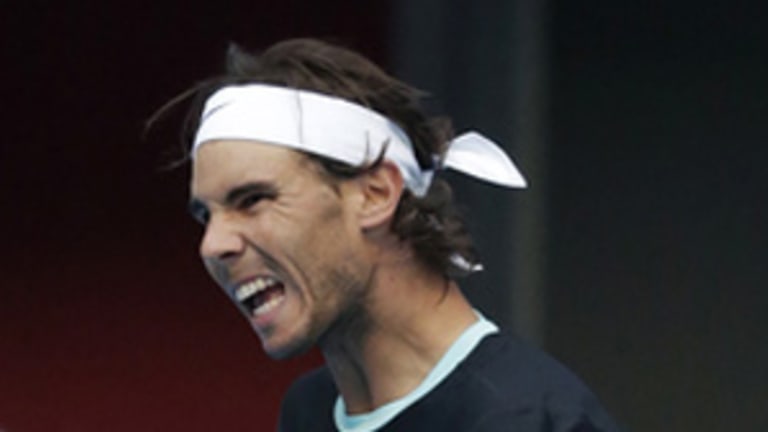“Quiet” may be the best word to describe this fall so far. The races for No. 1 ended in September, when Serena Williams and Novak Djokovic locked up their tours’ respective top spots. The marquee end-of-year events in Singapore and London, as well as the Davis Cup and Fed Cup finals, are still a few weeks away. And as for this month’s Asian swing, it happens while most of us in the West are asleep.
Yet the fall does go on, and on the men’s side at least, it can have longer-term ramifications. In recent years, Djokovic, Roger Federer, and Stan Wawrinka have built momentum late in one season that paid off with Grand Slam titles the following season. Here are four thoughts on what we’ve seen—or read about, anyway—in Asia so far, and which player might be building Slam-winning momentum for 2016.

